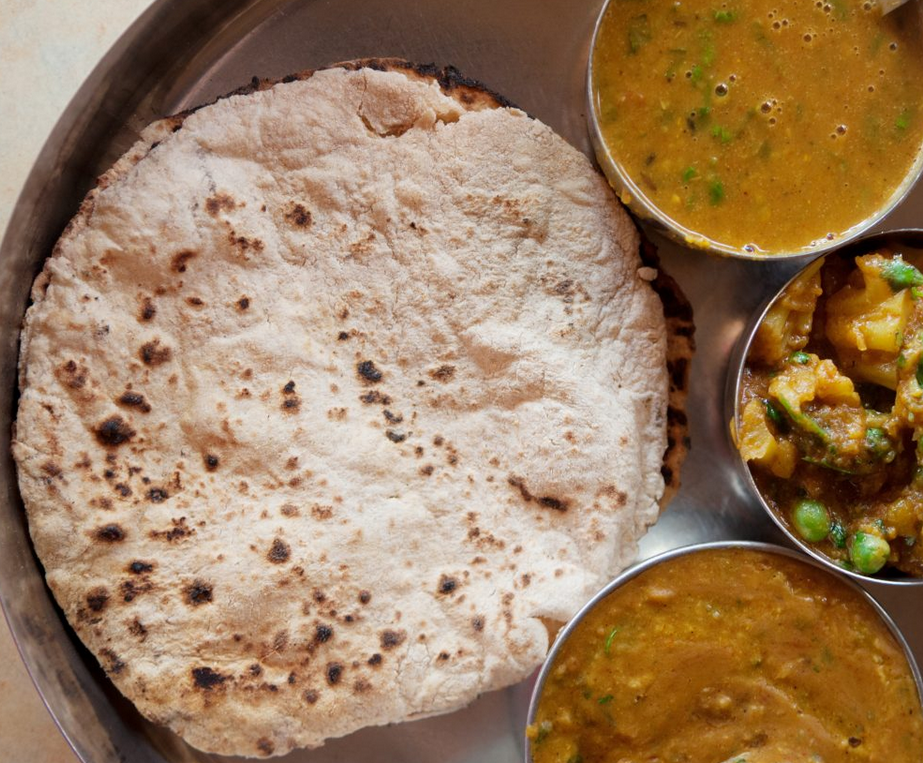Who’s turn is it to make the roti’s today!? That would be the one call that would make us run! Coming from a large family, making roti’s was a never-ending chore. Don’t get me wrong I don’t mind making small amounts but when making for the masses it does become tedious. But the smell of the roti being made would awaken your hunger sensations in anticipation of dinner, indeed “Salans done roti’s done” is the call for dinner for a lot of Asian households and you definitely came running at that point!
Thank gawd for the invention of the roti maker and the dial a roti shops, genius inventions. But we will discuss these later.
Roti ( Chapatti ) has been around for centuries. As usual on my scouring for the origins of my food of choice there is always a dispute. Some say it is from the Egyptian Indus Valley Civilisation 5000yrs BC. Others say it was founded in East Africa and bought over to India. However more recent evidence suggests it was mentioned in the Sanskrit text over 6000yrs ago.
It’s been around a long time!
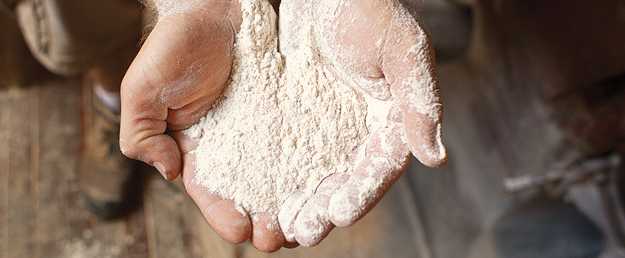
Let’s get down to the basics, what type of flour is best to use for making chapattis and how to make roti’s. The roti is a flat bread made from a flour called Atta. Atta is not the same as wholemeal flour or plain flour. It is milled differently and has a different texture to the wholemeal flour. Atta is unrefined wholemeal wheat flour. The grains are cleaned and stone ground into a slightly coarser powder, this gives the flour its high gluten content. The wheat bran is left on the seeds while grinding, this gives the flour its distinct light brown colour and texture.
What is the best atta or chapatti flour to use? Now you are opening a can of worms. Stop being lazy and try out each one! There is the Elephant Atta, Natco Chapatti flour, TRS Chapatti flour, Chakki and Gold and probably a few more besides. From years of experience, I favour the Elephant atta usually using the medium grain. But that is me! and everyone is different and will prefer different brands! We will go through our healthier phases and get the more wholemeal version, but this is tougher and needs a bit more needing and working. There is also the light version, which to me is rubberier, but each to their own!
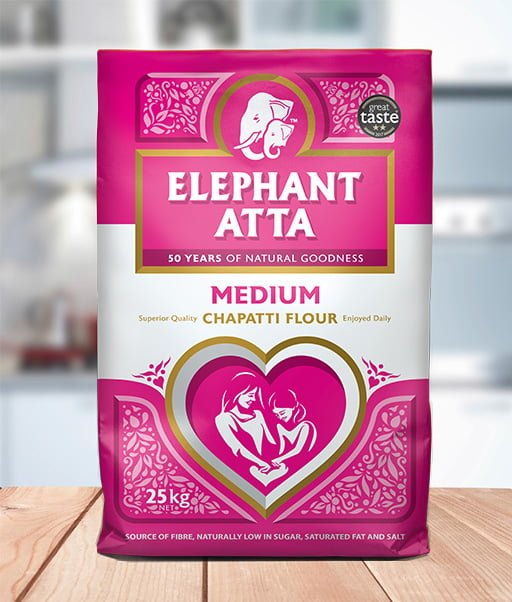
The basic dough varies in each household too. Some will say add salt, some will say add oil to give it more elasticity, others use only hot water to make the dough. Some will say knead a little and leave the dough for half an hr to settle and let the gluten work. Others will say knead like forever, but then use immediately. There is no right or wrong in the way to make the chapatti dough. Though a friend of mine recently told me she hasn’t worked it out yet, she’s not of Asian origin, that to me explains it!! I am joking!! I do believe there is an art to making food and most certainly a degree of skill involved. The chapatti dough is going into that category as is rolling out of the chapatti
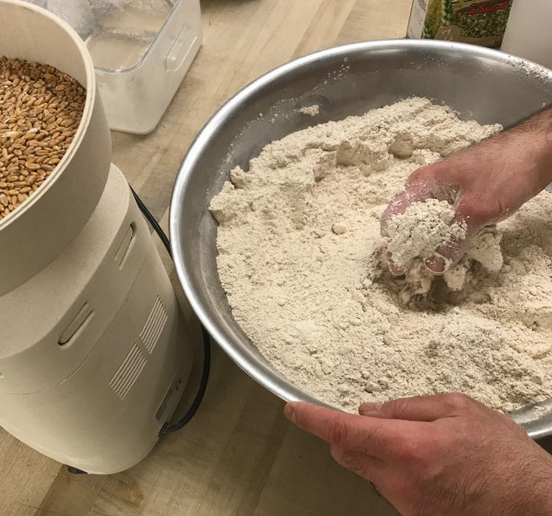
One of my earliest food memories is making chapatis, I mean physically rolling out and throwing the chapatti on the tawa and making at least 10-15 as required. I reckon I have been making them for around 40years now. The skill of making chapattis is taught to the youngers at a very early age, Indeed I watched my sister-in-law teaching her then 4yr old how to make it (she might have even be 3yrs) and a skill we are bought up with. Making triangle rotis is a no-no and is usually the butt of all jokes referring to making chapattis. The art is of making chapatis is to make perfectly round chapatis.
I mentioned the tawa, that is the main utensil for making the chapattis and ideally on a gas flame, though I’m sure in the motherland wood and charcoal are also used to cook the chapatti. To make a chappati you simply roll out a golf sized or apple sized ball, depending on how big you like them and roll out evenly using a rolling pin. You then transfer this to the hot tawa, there is an art to this, similar to making pizzas, and then cooking both sides before transferring to a direct flame to give it a smoky like flavour and cooks the roti out. Some use a slotted type of metal holder to hold the chapatti over the flame, a special tong, but most of us now have asbestos fingers and are used to throwing the chapatti on gas!
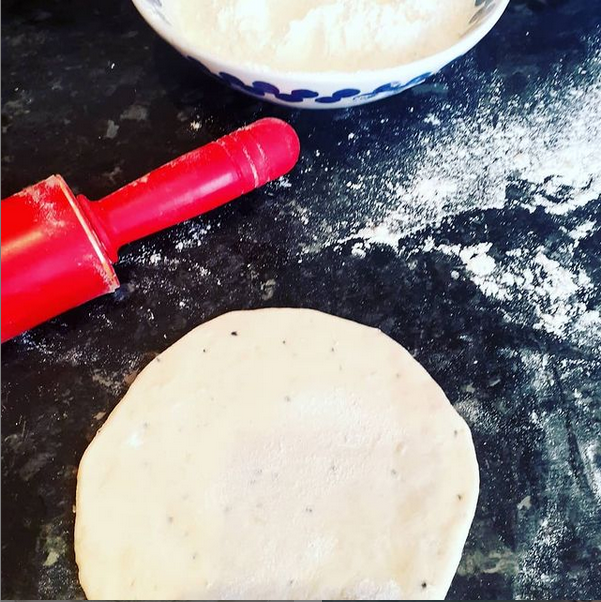
And what about other chapattis. My husband refers to his father making onion chapattis, my mother-in-law and my mum make makki ki rotis made using cornmeal. This is a Punjabi speciality especially in winter and is served with sarson ke saag, or a winter greens curry. Then there is simply spreading butter on top of the roti while hot, or even making paranthas, now that is entirely another discussion!

Earlier on I referred to the roti maker, wow! I simply can’t wait to get one. The idea of all that hard work being made by a machine, yes please! I have yet to review one personally, but when I do you guys will be the first to know! And how lucky are those guys living in highly populated areas of Asian families. The dial a roti shops have popped up. Theoretically they are the answer to mine and a lot of mums, sisters and daughters’ prayers for freshly hot rotis made to order for a few pennies.
I do have one major reservation about these guys, I do not know what flour type they are using, but they can be very rubbery or very thick and very heavy n the stomach. Homemade chapattis are still the best by a very long way and just thinking about it makes the smell of making rotis come to mind. Yes please!
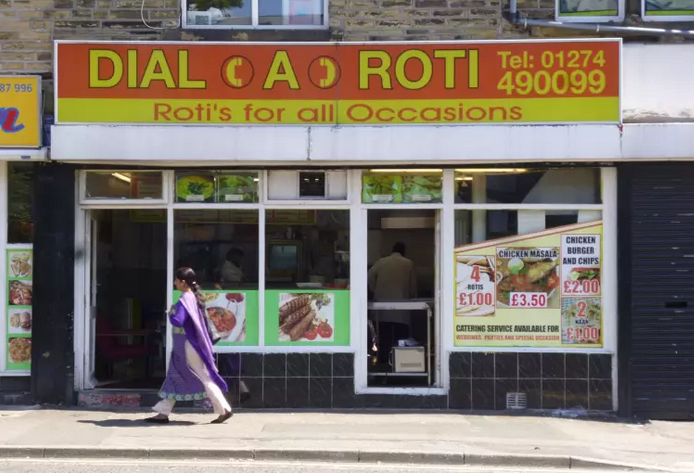
I didn’t realise there was so much to talk about the humble roti, but we absolutely must not forget the choori. This is a speciality that mums made to fill their kids I think partly to get used to the flavour of chapattis, it simply is a hot chapati, probably about 25-50g butter and a good few tablespoon of sugar, mixed together and the roto is scrunched up to give you a sweet buttery dessert. Bliss, childhood memories!
Firstly, you must persevere and master the art of making the roti to perfection, anything less, yes you would be judged! I am not lying; you will be judged!!!

If you need instructions on how to make the roti, I covered it in one of my live cook-along last year. Please watch and enjoy with a cuppa!

